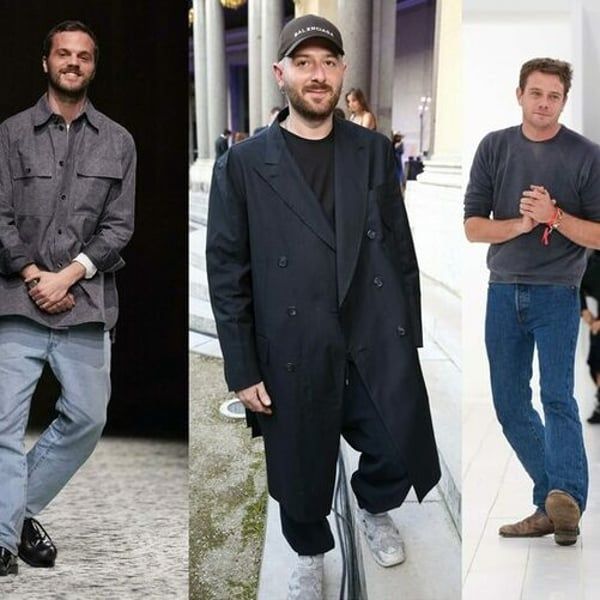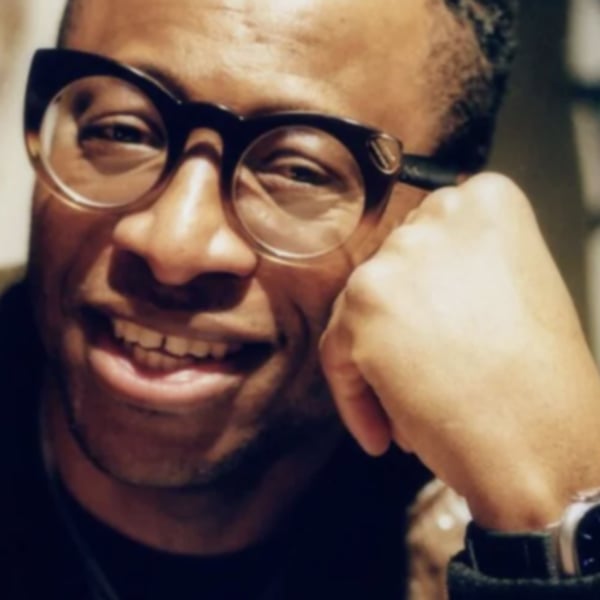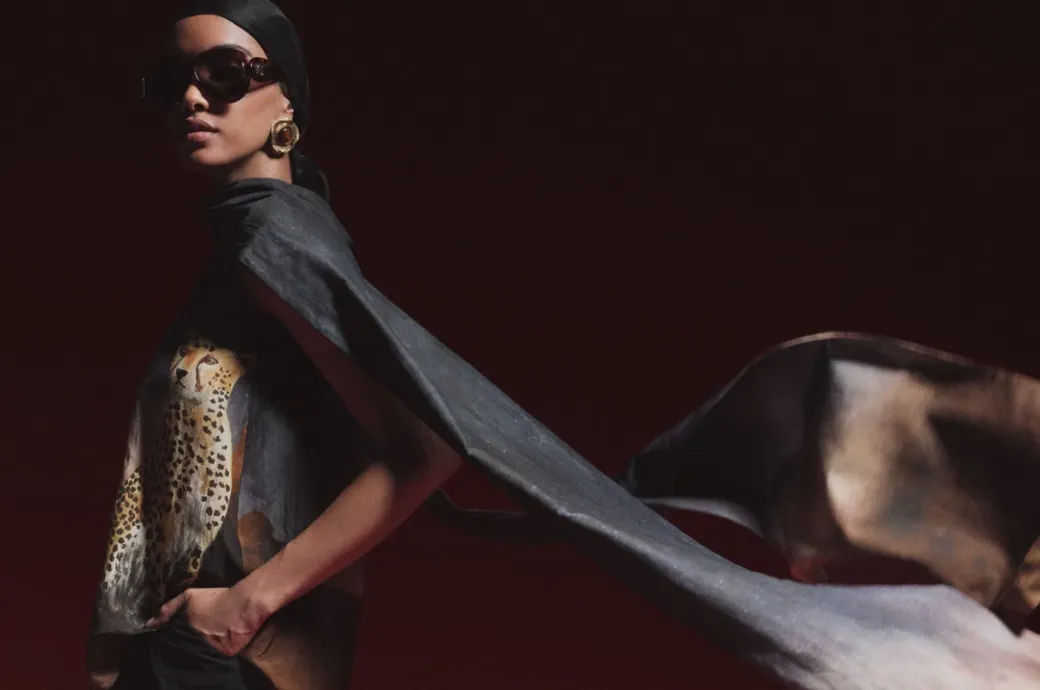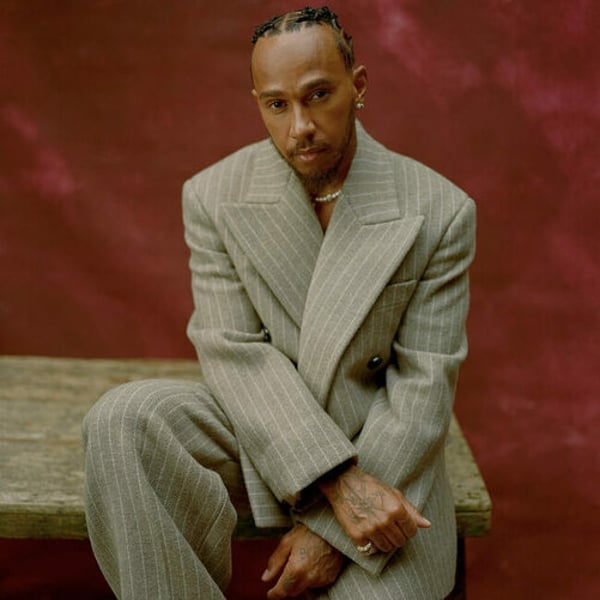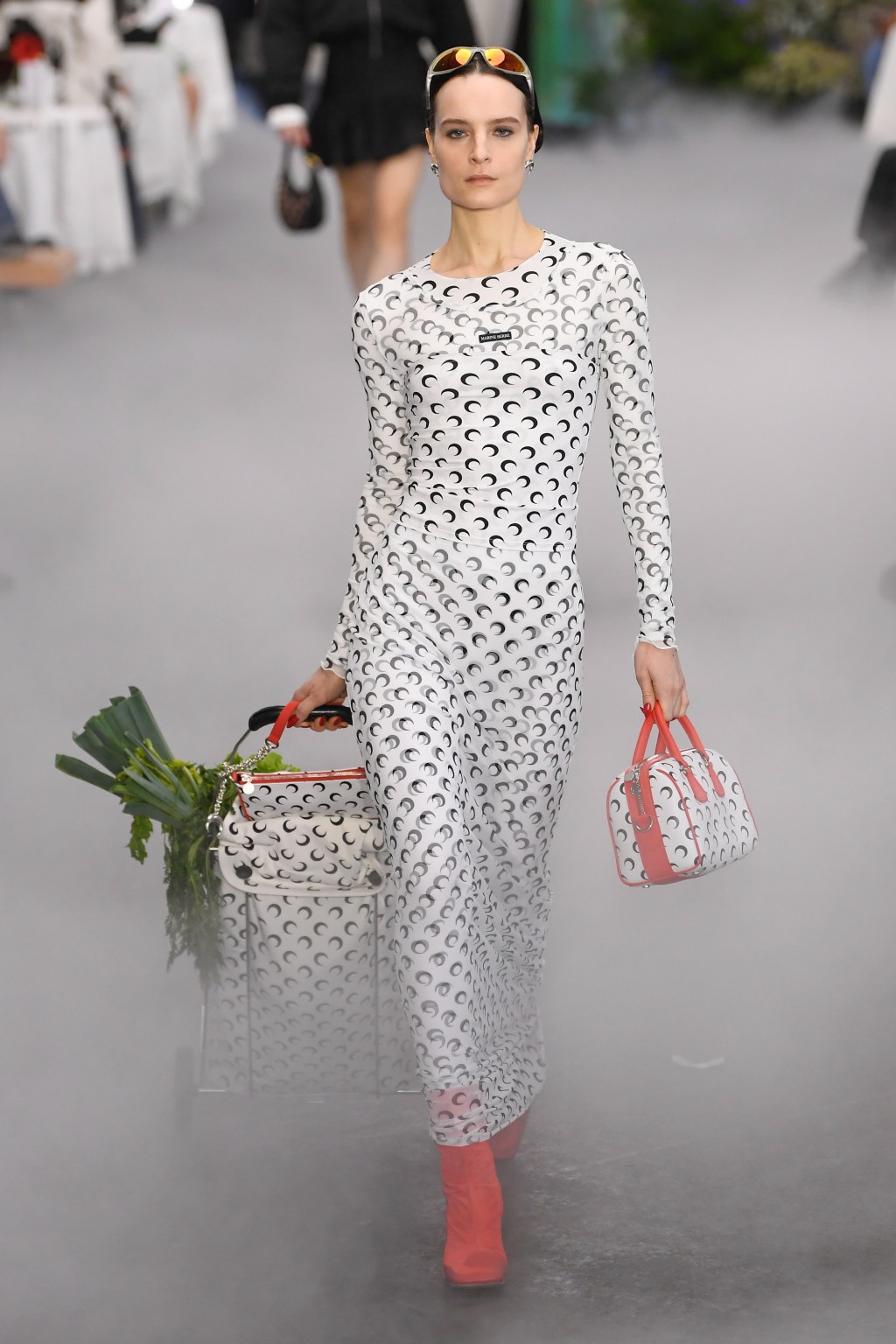Translated by
Nazia Bibi Keenoo
Published
April 4, 2025
In a matter of months, the three largest fashion houses in the world have undergone or are preparing for major creative leadership changes.
With Matthieu Blazy it is expected to take over Chanel, Demna intervenes in Gucci and, according to the reports, Jonathan Anderson addresses Christian Dior, Luxury executive suites are being reorganized in an industry that faces a growing uncertainty and a growing called to reinvention.
These are not isolated movements: the recent weeks have seen a constant flow of games and appointments of creative director. What does this change of power mean to the industry? Are we entering a new bold creative era, a strategic repositioning of luxury, or simply an adjustment at the surface level intended to rekindle growth? Fashion Network looks more closely.
“This is a clear sign of a transition period formed by changing the behavior of the consumer in the luxury space. The grouping of these changes marks the beginning of a new phase in an industry deeply influenced by the vertiginous rhythm of fashion,” said Serge Carreira, head of emerging marks in the ferment of the Haute Couture et in the mode.
After a record increase of 22% in 2022, the global market for personal luxury goods, directly valued at $ 393 billion, hired by 1.6% in 2024, returning to the levels of 2023. China's economic slowdown initially caused the recession, and the additional pressure came from a fall in the entire industry exacerbated by the increase in US tariffs. At the same time, luxury brands face deep and gradual changes in consumer expectations. Buyers are inclined to experimental luxury about status purchases in an uncertain economic climate. Bain & Company says that the increasing prices have led 50 million high -end consumers in just two years.
In search of response strategies, most luxury houses, many reported income decreases in 2024, have been forced to rethink their creative direction. The wave resulting from leadership changes, described by many observers as unprecedented, reflects a broader calculation of the industry.
Beyond Matthieu Blazy, Demon and Jonathan Anderson, whose rumored mudios to Dior have not yet been confirmed, a new generation of designers is intensifying significant roles: Dario Vitale in Versace, Miguel Castro Freitas in Mugler, Jack McColough and Lazaro Hernandez in Loewe and Simone Belloti in Jili Sander are among Jil Sander.
“We are witnessing an important change. The brands are in the midst of an identity crisis. They have lost sight of who their clients are, and the system is being divided. Only houses with a strong DNA remain stable. The real problem, in my opinion, is found in the overwhelming power of power delivered to financial and executive leadership,” said Barbara Franchicin, founder and international director). and awarded Demna (born Demna Gvasalia) the main prize in 2004.
“We met them when they had just started. I remember Demine.

At first glance, the creative directors of Chanel, Dior and Gucci seem bold, disruptive and full of fresh energy. But do not be wrong, these are not newly arrived. At 40 and 44, including Glenn Martens, now at the head of Maison Margiela, they bring experienced experience of the main luxury houses. Most are internal promotions: Demna in Keing, Martens Direing Diesel under OTB and Jonathan Anderson, who recently left Loewe, another LVMH brand as Dior.
“We lacked a creative emotion. These houses needed to advance creatively because the spark had clearly attenuated,” said Isabelle Fine, head of women's clothing in Le Bon Marché. “These are bold options, each exclusive house. It is creatively exciting and also makes commercial sense. Some of these appointments are more reassuring than others, but they are all intriguing.”
The Movement from Demna to Gucci stirred the greatest controversy of the three main citations, which caused a strong fall in Kering's actions the day after the announcement. Gucci, which represents almost half of Kering's income and two thirds of its operational profits, has been losing steam for more than two years. Critics care that Demna, who will remain in Balenciaga until July, will continue to be inclined in the avant -garde aesthetics and driven by the street that made him a star, even when the demand for that style is softened.
As Jacques Roizen of the DLG consultant told Reuters: “In the era of the creative directors Superstar, the designers often eclipsan the legacy of the brand. Now define the aesthetic direction, the positioning and the client base.”
After two years of mediocre performance under the previous designer, Sabato de Sarnno, Gucci is clearly betting on Demine. A Bernstein note described it as “a strong point of view, was the golden fashion child from 2014 to 2020, a bold vision that works well for Gucci. The brand historically thrives when it pushes the limits, as seen during the times of Tom Ford and Alessandro Michele.”
“It is iconoclastic and ironic, a great option for a niche brand such as Balenciaga, which we estimate generates less than $ 2.2 billion in income. But we are not convinced that this strategy works for a larger house. Selling exclusivity at scale is a difficult balance,” added the analysts, questioning whether Demine is suitable for Gucci at this time.

Chanel's Blazy appointment has encountered greater enthusiasm. After 35 years under Karl Lagerfeld and six more with his deputy Virginie Viard in the helm, the Parisian house owed a change. “Chanel needed a break from the past: he had not updated his creative direction in a long time. I think Matthieu will breathe new energy to the house,” said fashion stylist Tom Ereebout.
Blazy, who directed Bottega Veneta by Kering, is known for his vibrant creativity and insight. Passionate about crafts, he often collaborates closely with artisans, a feature that he shares with Jonathan Anderson, whose time in Loewe emphasized similar respect for traditional techniques. As luxury houses increasingly emphasize heritage and crafts as central values of the brand, this combination of art innovation and products is an important asset.
While Brazy, Demon and Anderson are considered some of the most inventive minds of fashion today, they also understand how to navigate the internal functioning of global brands. This makes them attractive to the industry in general. “The brands are under pressure to balance creativity with commercial performance, all while they remain relevant in a market that changes rapidly,” said Lydia King, director of purchase and marketing of Liberty, based in the United Kingdom, in an interview with Reuters.
Even so, some critics argue that these appointments reflect the trend of the luxury industry to recycle family names. “It is the same circle that changes the same works. We continue to see the same profiles that occupy the same roles, while the supply chain, in which the industry depends, collapses for the lack of support,” said Orsola de Castro, co -founder of the movement of the fashion revolution.
“These hiring expose a closed world obsessed with the State, ignoring that fashion includes a wide range of experience. The entire system exerts all the pressure on the 'super designers', while the deepest structural problems still do not address,” he warned.

“This game of musical chairs is a kind of sacrifice ritual of people who are not willing to rethink failed models. We are in a real systemic crisis. The main fashion groups are acting irresponsibly, using creative directors such as scapegoats,” added the philosopher Emanuele Coccia.
Sarnno's recent dismissal still persists, especially given what Gucci separated from him just before Milan Fashion Week in February, after only three seasons and months of Kering leadership praise.
“Creative directors are being created to fail. They are loaded with too much responsibility, while business leaders are not responsible. In any other sector, companies would replace low performance managers,” said Coccia, professor at the School of Advanced Studies in Social Sciences in Paris.
“Why do these powerful companies invest in young brands instead of keeping houses inherited in life support? Rei Kawakubo, for example, brings new designers without forcing them to dream of another person's dream. No one asked Picasso to paint as Fernand Léger,” he said.
He offered a final thought: “Luxury groups should think more like art institutions, or at least invent new models. Maybe he builds cultural governance equipment and stop using culture as a marketing tool.” The debate is far from finishing.
Copyright © 2025 Fashionnetwork.com All rights reserved.

